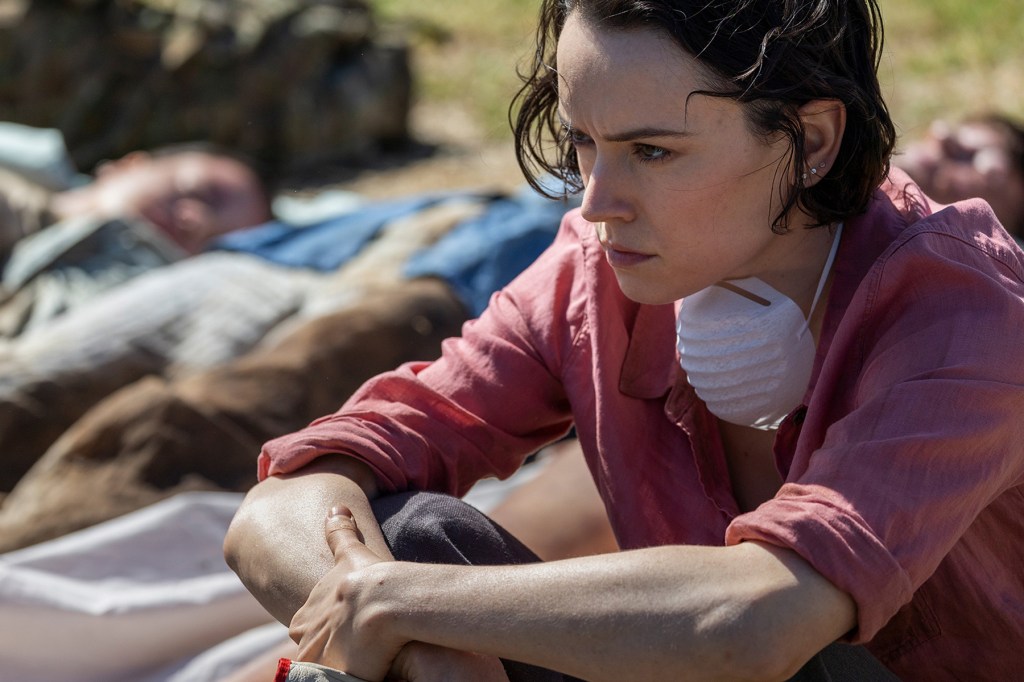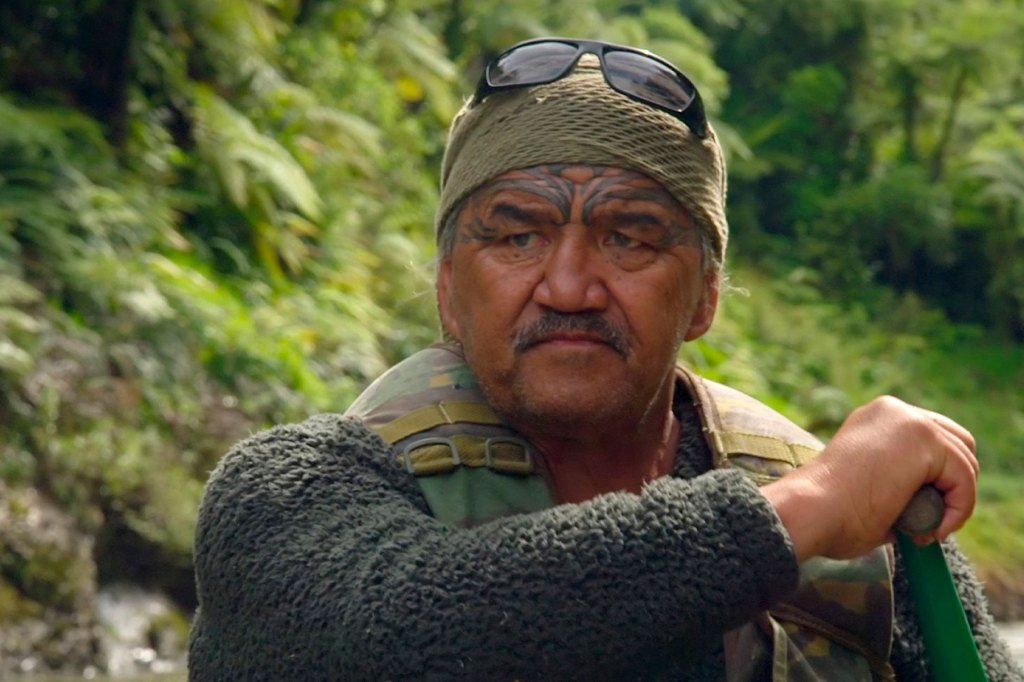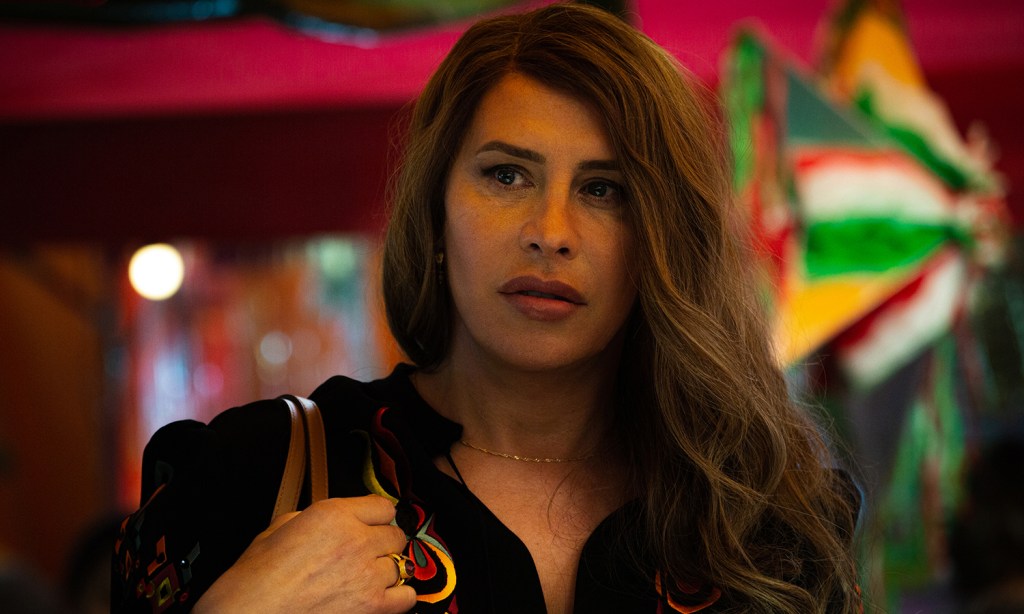Film Festival review: We Bury The Dead
Grief, loss and Daisy Ridley deliver freshness to an Adelaide Film Festival Investment Fund movie about the undead who rise up after a military catastrophe wipes out Tasmania.

These are very impressive zombies. Something about the clackety-clack sound of them gnashing their teeth is particularly inspired. Also, they ooze.
Zak Hilditch is the latest Australian director to deliver an international horror movie that plays around with genre tropes. While not up there with the great zombie apocalypse of World War Z (2013), which was ripe with suspense and terrifying silences, these Australian zombies are world-class.
The premise of We Bury the Dead is interesting because Hilditch set out not to make a scary zombie flick but a more thoughtful study of beings with unfinished business who are trapped in zombie limbo. They’re dead, but it’s not over, and so they’re back.
The mass devastation that brings on the zombie plague is a disastrous military accident that instantly kills the entire population of Tasmania. Something to do with a brain-melting sonic wave that was all very unfortunate. Also, the island is partly on fire.
Ava (Daisy Ridley) is a young American woman who has flown in to join the body-retrieval unit. Her humane mission hides her real intent to get to an off-limits corner of the island to find her husband Mitch, who was there on a work retreat.
Ava teams up with the good-natured and sweary Aussie Clay (Home and Away alumni Brenton Thwaites) to drag bodies out of houses. Should any of the dead show signs of neural activity – that is, a wish to come back – Ava and Clay let off red warning flares, at which point the army arrives and shoots the zombies dead. Again.
What is touching about these scenes are the reminders of what an interruption sudden death brings to the normal lives of the person’s loved ones. Hilditch says one of his motivations in making We Bury the Dead was the experience of going through his mother’s possessions after she died, and being struck by the poignancy of the belongings she left behind.
Ridley is terrific. She read the script, loved it and signed on straight away, which was something of a coup for an Australian director with a short resume but whose work includes 1922, a Netflix horror thriller based on a Stephen King novella, and the brilliant end-of-times love story These Final Hours (2013), which was also backed by the Adelaide Film Festival.
Through flashbacks, we discover all was not perfect in Ava’s marriage to Mitch, but she feels driven to find him in the hope that, even if he is dead, she can put things right. She enlists Clay’s help and together they set off on a motorbike road trip across the island.
Subscribe for updates
Meanwhile, more of the dead are rising, and some are turning violent. And Ava strikes trouble along the way. Her encounter with the creepy militia man Riley (Mark Coles Smith) proves a distracting sideshow that sends the plot into freefall before a welcome redirection puts zombies back in our sights.
There is an originality to this story, and Grant Sputore, one of the producers, was the director behind the equally interesting I Am Mother (2019), the robot thriller that brought Hilary Swank to South Australia. The themes of grief and unfinished business are worthwhile concepts, and the film includes a sweet scene in which Ava helps a troubled zombie lay his family to rest. There should have been more of this, because the psychology of the returned and what brings them back is more compelling than any jump scares.
The poor zombies don’t want to be hiding in the shadows any more than we do.
We Bury the Dead premiered at the Adelaide Film Festival. Although the festival officially finished on Sunday, a number of films will have encore screening this week, including Kangaroo Island, Songs Inside, Lesbian Space Princess, My Favourite Cake, Maria and I Saw the TV Glow. Details here.

